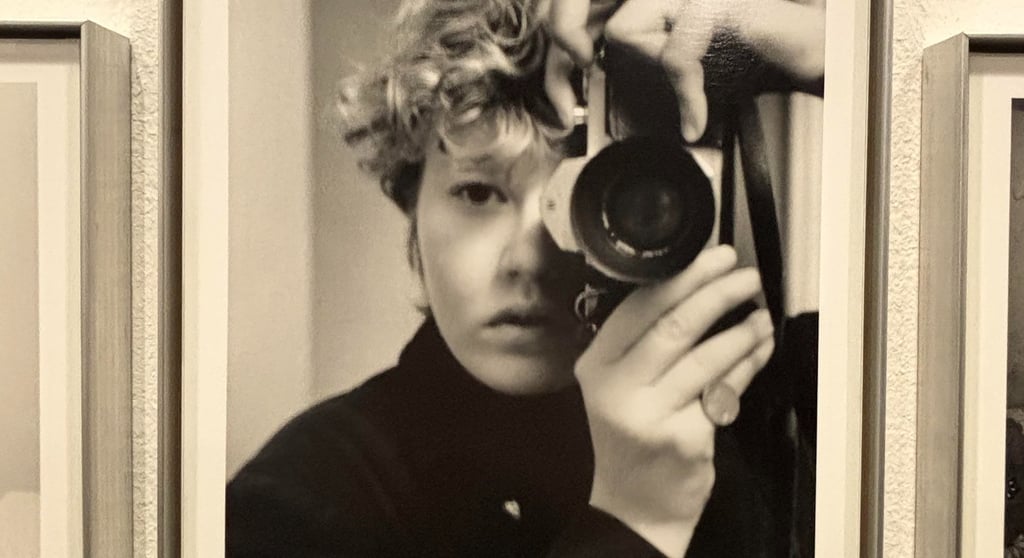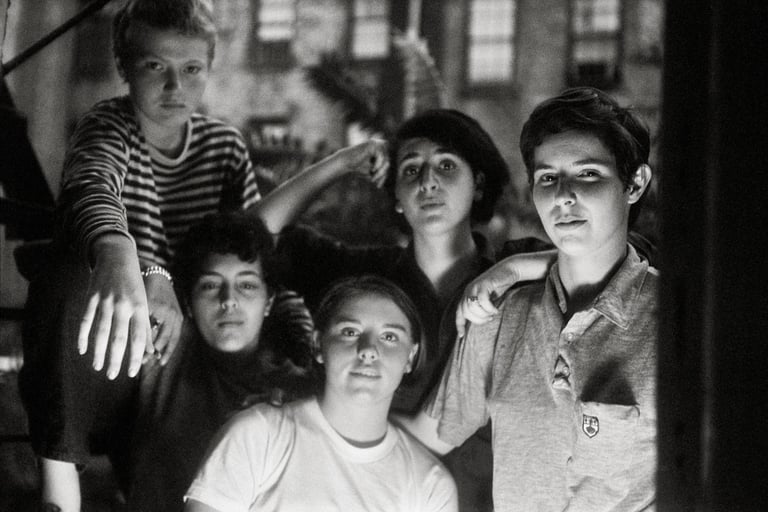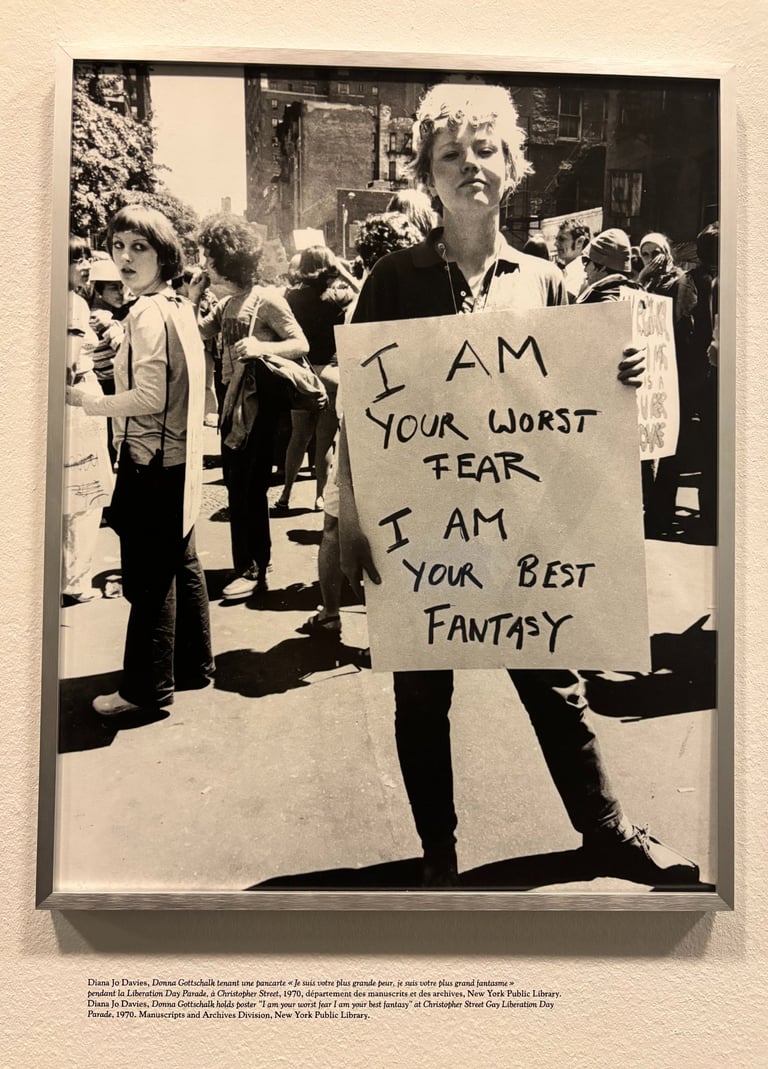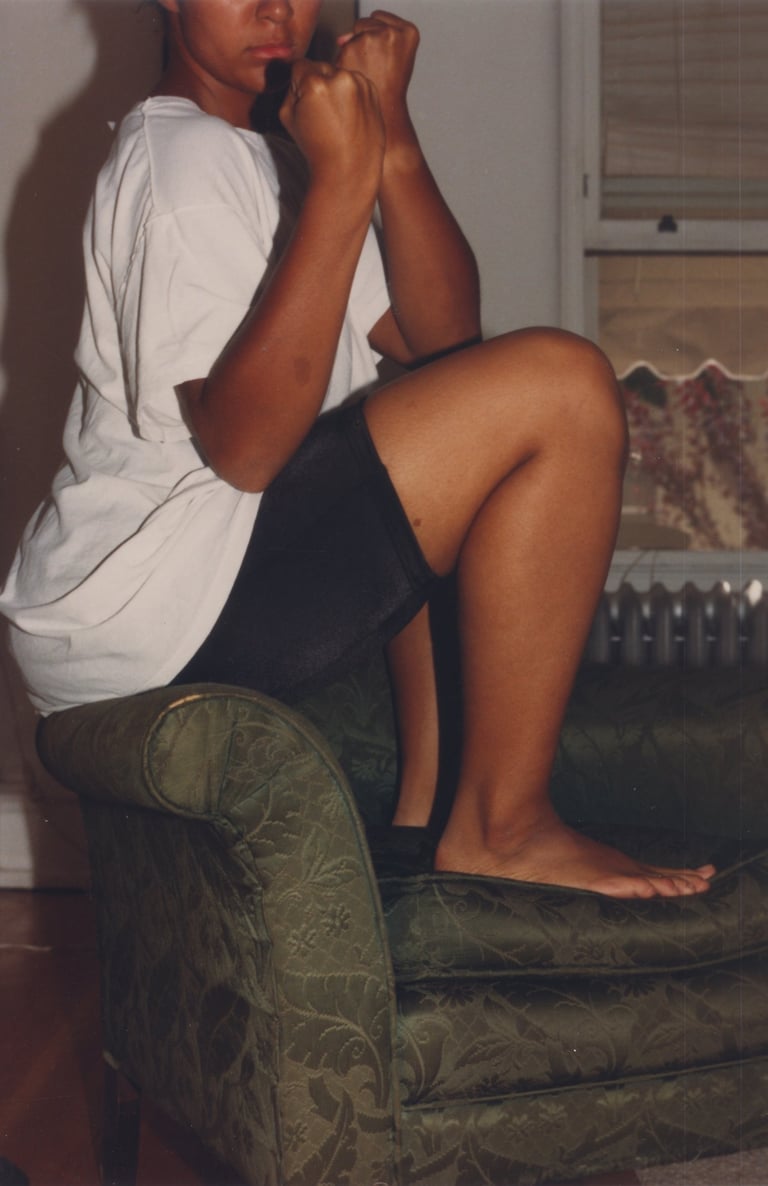Nous autres (We, the Others) – Donna Gottschalk & Hélène Giannecchini with Carla Williams at Le BAL
Nous autres (We, the Others), curated by Hélène Giannecchini, presents the intimate and long-hidden photographs of Donna Gottschalk. For decades, these images were kept private, reflecting a time when homosexuality was considered a crime. Today, the exhibition brings them to light, celebrating queer life, feminist progress, and the resilience of memory over sixty years later.
Geraldine Zambrana
10/9/20253 min read


Nous autres (We, the Others) – Donna Gottschalk & Hélène Giannecchini with Carla Williams at Le BAL
Exhibition curated by Hélène Giannecchini – June 20 to November 16, 2025
From June 20 to November 16, 2025, the exhibition Nous autres (We, the Others) at Le BAL in Paris, pays tribute to an essential photographer: Donna Gottschalk, under the curatorship of Hélène Giannecchini. A moving dive into the missing images of queer feminine history.
Born in New York in 1949, Donna Gottschalk is one of the very few lesbian photographers of her time. Inspired after seeing an exhibition by Diane Arbus, whose way of portraying marginalized people she admired, Gottschalk began documenting her own world. Coming from a working-class background — her mother was a hairdresser in a small neighborhood salon — she grew up in 1960s and 1970s New York, in the then-poor and dangerous streets of Alphabet City (now gentrified). In that context, asserting her lesbian identity was even more difficult: homosexual relationships remained illegal in most U.S. states, and New York’s penal code still allowed the arrest of anyone not wearing “at least three garments appropriate to their gender.”
In response to this invisibility, Gottschalk chose to photograph her community within a safe and intimate space — her own apartment on 9th Street, where, from the age of 18, she welcomed queer friends and acquaintances who felt threatened or rejected. There, she photographed her sister, her brother (both also homosexual), and her circle of loved ones.
On June 28, 1969, the police raid on the Stonewall Inn marked a historic turning point. Three days of riots in Greenwich Village gave birth to the first LGBTQ+ political movements, including the Gay Liberation Front, which Donna joined immediately. One of her photographs shows her at the very first Gay Pride.
It was around this same time that American photographer Carla Williams, inspired by Gottschalk, whom she saw during that march, became aware of the near absence of images of Black lesbian women. She began a series of self-portraits to represent and give voice to this community.
The exhibition was born from the vision of Hélène Giannecchini — writer, art theorist, and curator — who sought to give voice to these missing images. For decades, Gottschalk kept her photographs private, a protective gesture in a social context that still treated them as forbidden. Today, more than sixty years later, the evolution of social attitudes and the progress of feminism and advances in queer human rights finally allow this memory to be shared.
“I remember my first visit in January 2023: my emotion as I stepped off the bus, the night journey to reach her home, and before leaving under a snowstorm, two days of deep conversations immersed in her images. I understood then that what was happening was a true encounter, that we would henceforth be linked, and that these photographs, taken twenty years before my birth, also spoke of my own life.” — Hélène Giannecchini
In the documentary film that Hélène Giannecchini devoted to her, I Want My People to Be Remembered, Donna revisits her life and that of her community. The film restores a time, that of a generation of queer women who were committed, precarious, and often made invisible.
“I wanted my people to be remembered, if only by me. Because I knew I would forget, and I don’t want to forget.”
Through Gottschalk’s archives, Williams’s photographs, and Giannecchini’s gaze, Nous autres (We, the Others) restores an erased memory, that of a generation of queer women who were engaged, vulnerable, and radiant.
A necessary, moving, and profoundly alive exhibition.





